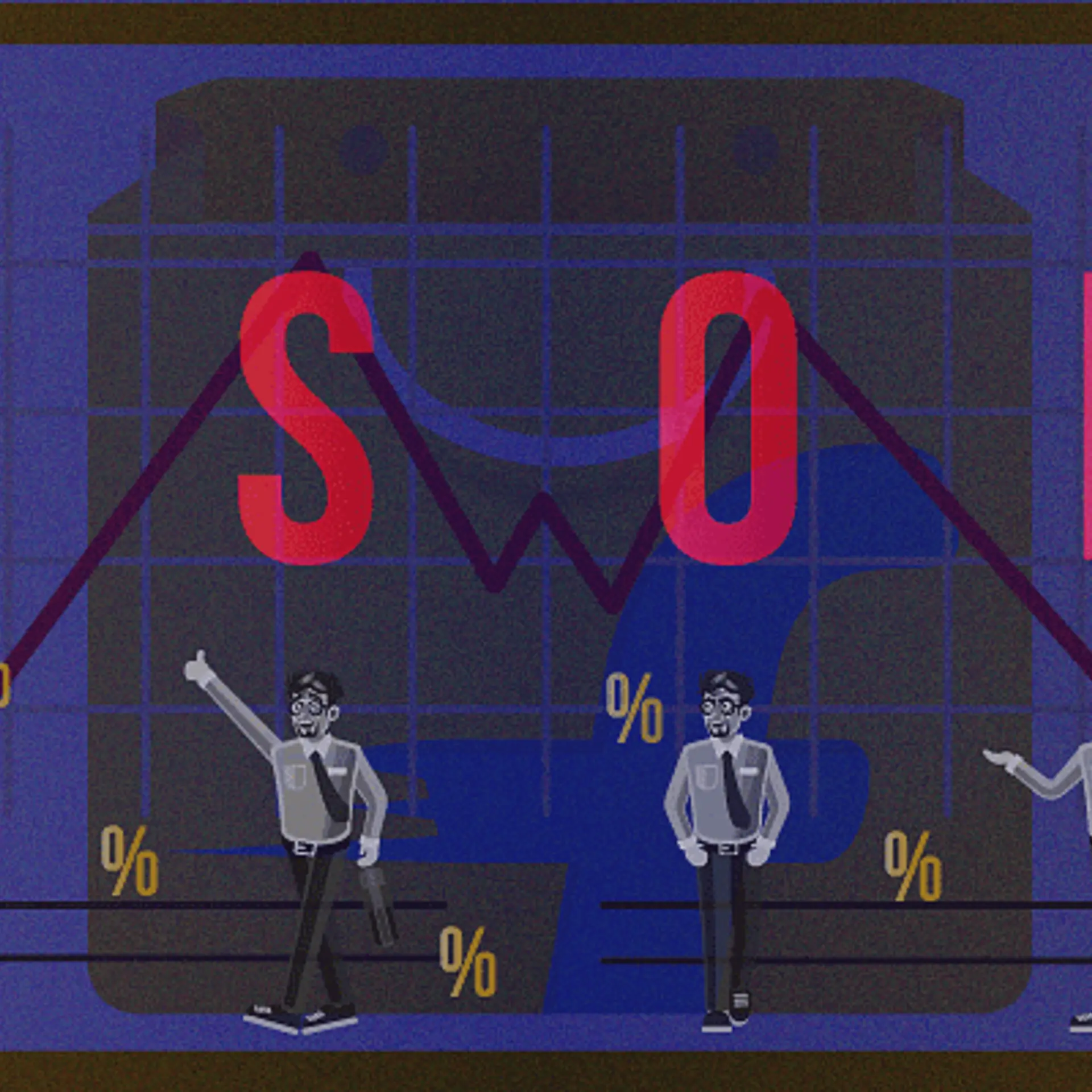Trends that kept digital marketing ticking in 2017: will they work in 2018?
Today, life would be meaningless to most if they lost access to their Facebook, Twitter, or Instagram accounts. Just as most facets of life went digital, even marketing saw a tectonic shift to the online realm. The social media revolution changed the landscape of marketing as a profession, with digital marketing taking centre-stage today. While print and television still matter, the digital medium is where the masses have migrated to.
When Facebook was launched in 2004, it was mostly used to connect with friends. Little did we know then that a day would come when Facebook would also become one of the biggest marketplaces in the world.

In this article, we will explore the many changing faces or trends of social media from a marketing point of view.
Chatbots
Mark Zuckerberg announced in the summer of 2016 that third parties can create their personal chatbots, which was followed by a scurry of marketers hopping onto the chatbot bandwagon. Within a few weeks, the chatbot revolution had officially gone viral.
Essentially, as Jeff Bullas claims, “Chatbots offer flexibility in order to automate tasks, and assist in retrieving data.” The real-time engagement these chatbots offer not just improves the customer experience but also takes the burden off the shoulders of harried customer service agents. By providing prompt replies to comments, queries, and complaints, chatbots ensure that customers are not left hanging. The superior AI platforms enable responses that save precious time which the marketers might have otherwise had to spend collating, assessing, and responding to individual queries.
Though chatbots hold a lot of promise, they can be counterproductive if not programmed properly. Like in the case of Facebook’s chatbot launch – developers had created around 33,000 chatbots within six months of the announcement, but many served no purpose. Facebook even released a report stating that almost 70 percent of their chatbots failed to deliver.
Even though chatbots offer convenience and reliability, it is necessary that clear directions be given, that their purpose be well-defined, and the data collected be continuously reviewed to improve the experience.
Chatbots entered with a bang, but will they leave with a whimper?
Influencer marketing
When it comes to social media marketing, numbers are all that matter. What better way to garner these numbers than to capitalise on influencers who will pull the audience on to your platform.
According to a report submitted by Twitter Influencer Attitudes, 49 percent of users rely on recommendations from influencers on Twitter and 40 percent follow brand-related news on the same platform.
In the case of Instagram, considered by many as the digital bible for aspiring fashionistas, explorers, and food lovers, influencers are the ones who rope in all the traffic. They decide where your customers will shop, eat, and holiday. According to Simple Insights, “Consumers want authenticity from influencers. Brands who seek to work with real influencers or industry experts will find a higher engagement rate.” This makes life easy for the overworked marketer. All they need is the perfect brand voice to make their product credible and cool.
Live video streaming
If it’s fun, engaging, and emotional, a video goes viral in seconds. Today, there are no guidelines that dictate the rules of virality. This is what makes the medium a level playing field, where your sense of aesthetic and perspective on issues can work no matter where you are on the ladder. Be it NASA’s coverage of the total solar eclipse or bursting a watermelon with rubber bands, all that matters is the number of clicks it gets.
While brand placement is not exactly new, it is the sheer number of opportunities that great video offers that will help future marketers give their brands increase their eyeball count at meteoric speeds.
Riding the high of user-generated content
According to Nielsen’s Global Trust in Advertising report, 83 percent of consumers trust recommendations from people they know, and 66 percent trust other consumer opinions posted online.
So many to choose from and so little time to make the choice – this is the biggest woe of the modern-day consumer. In this cauldron of simmering diversity, it sure is difficult to make the right choice. This is where customer reviews play a vital role in bringing in authenticity.
Marketers now have access to posts and images of real users sharing real experiences, posts they can use alongside their products to subtly convey how good they are. But copying and pasting this user-generated content can be counterproductive at times. A certain degree of inventiveness can go a long way in making such content a marketer’s dream copy.
The smartphone revolution
Smartphones are here to stay. With a large chunk of the planet glued to their phones, marketers can now put all their creative eggs in one basket. According to the President of Adaptly Mobile, Sean O’Neal, “Video is the number one fastest growing ad format in the world and has been doubling YoY.” By 2020, video would make up for 80 percent of all online consumer internet traffic.
Smartphones will be at the receiving end of all your strategy, ideas, and videos. Staying up-to-date with the changing trends of smartphone apps and services is not just going to be an added benefit for marketers – it is what will define their job description in the coming years.
To paraphrase Shakespeare, the world of social marketing is a stage, and all the trends are mere players. They have their exits and entrances, and one trend in its time plays many parts.
It is for the social media marketer to notice its entry, utilise its many roles, and bid it farewell before its time comes to an end.







